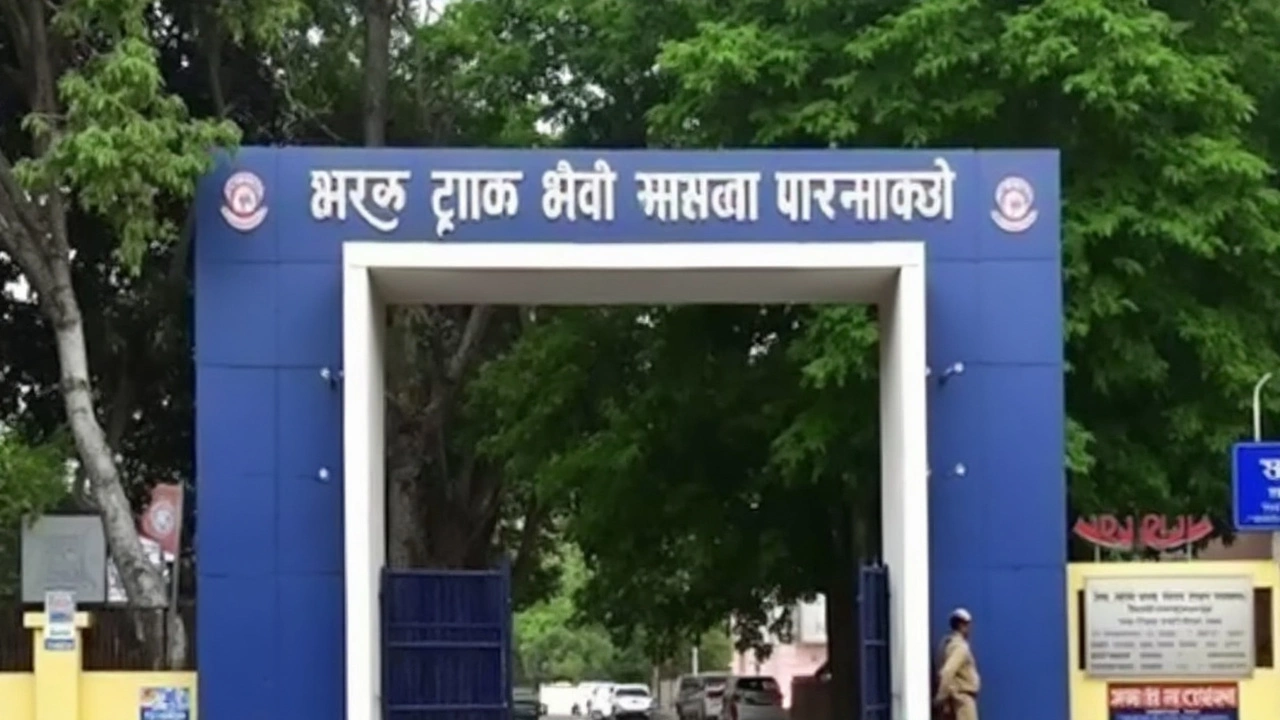Eligibility Criteria: Quick Guide to Know If You Qualify
Ever wonder why you get rejected for a job, a scholarship, or a loan without a clear reason? Most of the time it comes down to eligibility criteria – the set of rules that decide if you’re a fit. These rules can feel like a maze, but breaking them down makes the process a lot easier.
Why Eligibility Criteria Matter
Eligibility criteria protect both the provider and the applicant. For a bank, they reduce the risk of giving money to someone who can’t pay it back. For a university, they ensure the student has the background needed to succeed. For you, they give a quick way to see if it’s worth applying, saving time and effort.
Most criteria fall into a few common buckets: age, location, education, income, experience, and legal status. Knowing which bucket applies helps you target the right opportunities. For example, a scholarship for under‑graduates will usually require you to be enrolled in a bachelor’s program and have a certain GPA.
Simple Steps to Verify Your Eligibility
1. Read the fine print. The first place to look is the official eligibility list. It’s often a bullet‑point list that tells you exactly what’s needed. Don’t skim – missing a single requirement can mean an automatic denial.
2. Match your details. Take a piece of paper or a notes app and write down each requirement. Then, next to each one, check ‘yes’ or ‘no’ based on your situation. If you have a ‘no’, see if there’s an exception or a way to meet it later.
3. Check documentation. Some criteria need proof – like a passport for citizenship or a pay slip for income. Gather these documents early so you’re not caught off‑guard when the application asks for them.
4. Use online calculators. Many banks and scholarship portals offer eligibility calculators. Just plug in your age, income, or grades, and the tool tells you instantly if you qualify.
5. Contact the provider. If a requirement is unclear, reach out via email or phone. A quick clarification can save you from submitting an incomplete application.
6. Re‑evaluate after changes. Life changes – you get a new job, move to a different state, or finish a degree. Whenever something major shifts, revisit the eligibility list. You might become eligible for opportunities you missed before.
By following these steps, you turn eligibility criteria from a roadblock into a checklist you can conquer. The key is staying organized and not assuming you’re disqualified until you’ve checked every line.
So next time you see a chance that looks good, grab the eligibility list, run through the steps above, and find out if you’re in the clear. It’s the fastest way to avoid unnecessary rejections and focus on the options that truly fit you.
UPPSC BEO Recruitment 2025 Clears Confusion Over Eligibility, Announces 134 Vacancies
The Uttar Pradesh Public Service Commission (UPPSC) is bringing clarity to Block Education Officer recruitment with 134 vacancies and stricter eligibility rules. By removing 'equivalent' qualifications, only candidates with a recognized Bachelor’s degree and B.Ed. can apply, aiming to stop legal battles and confusion from previous years.





